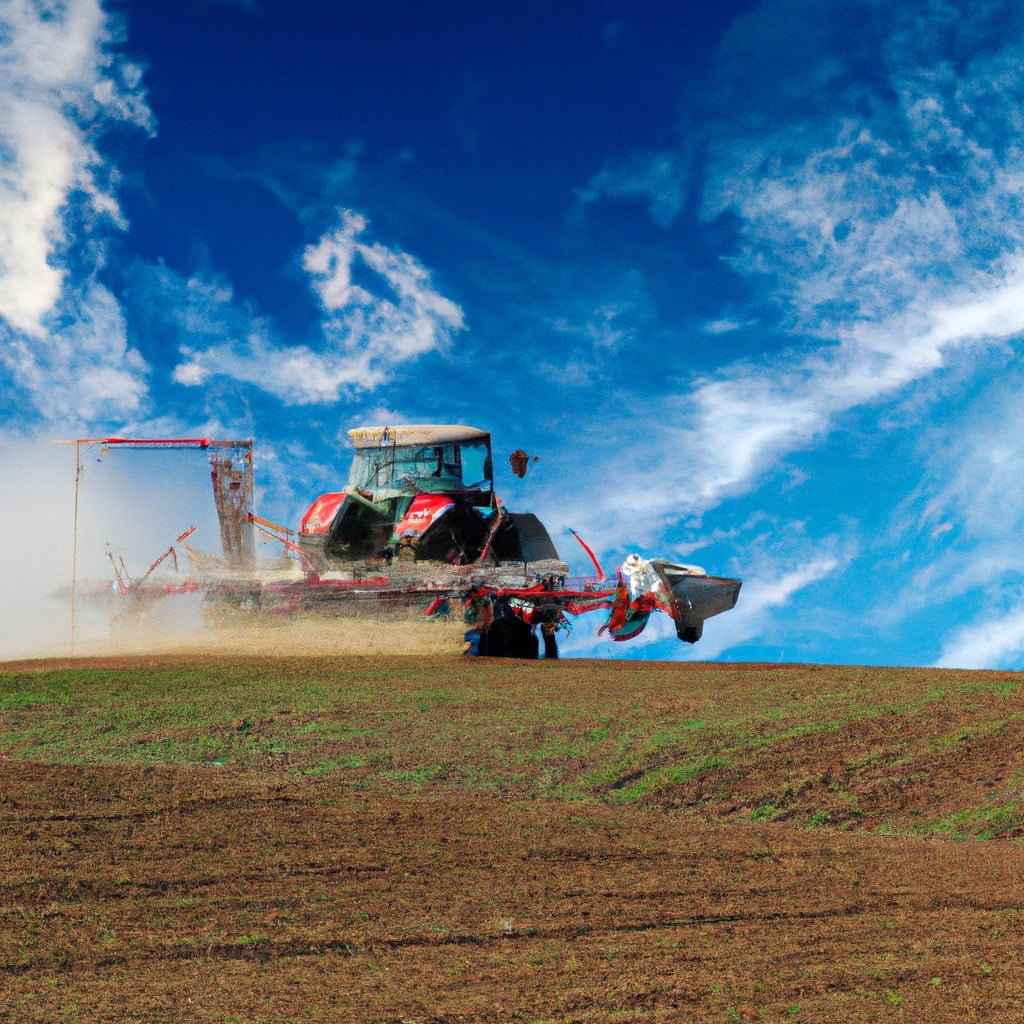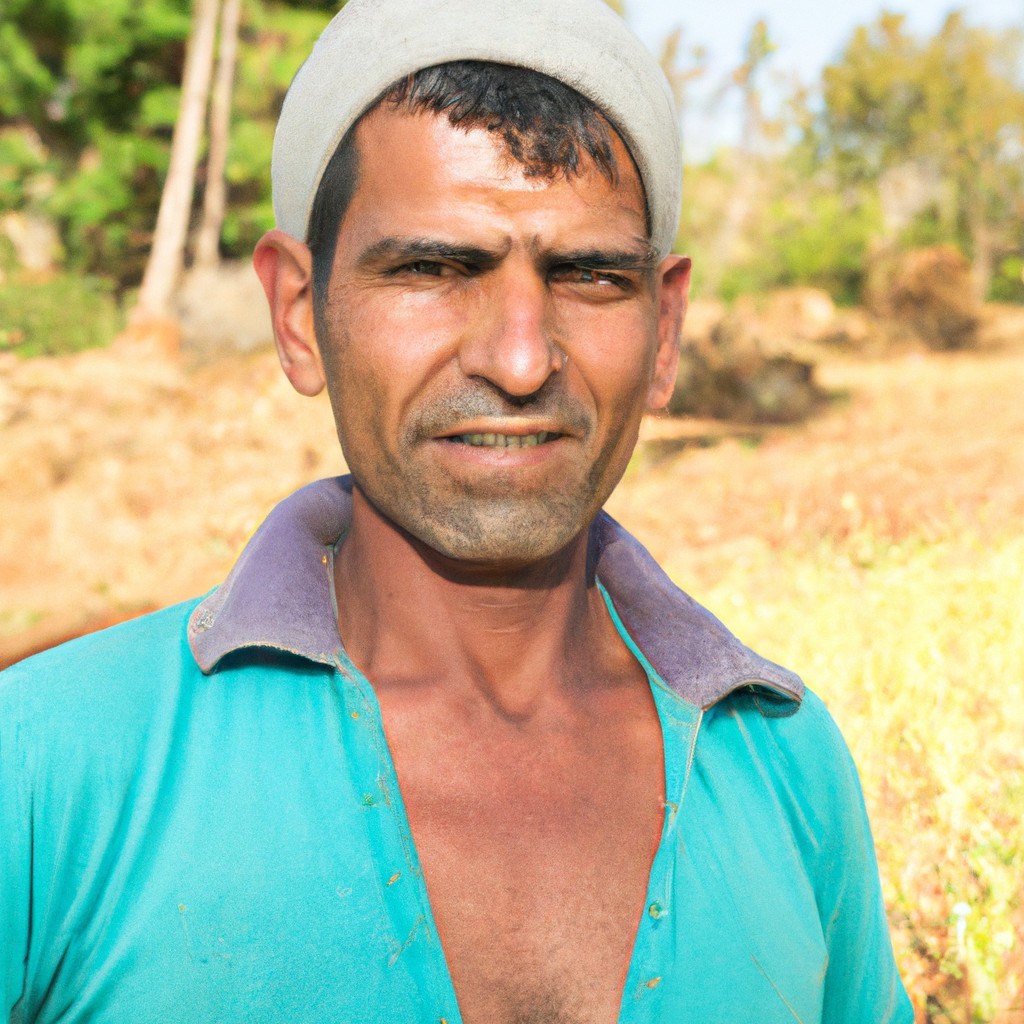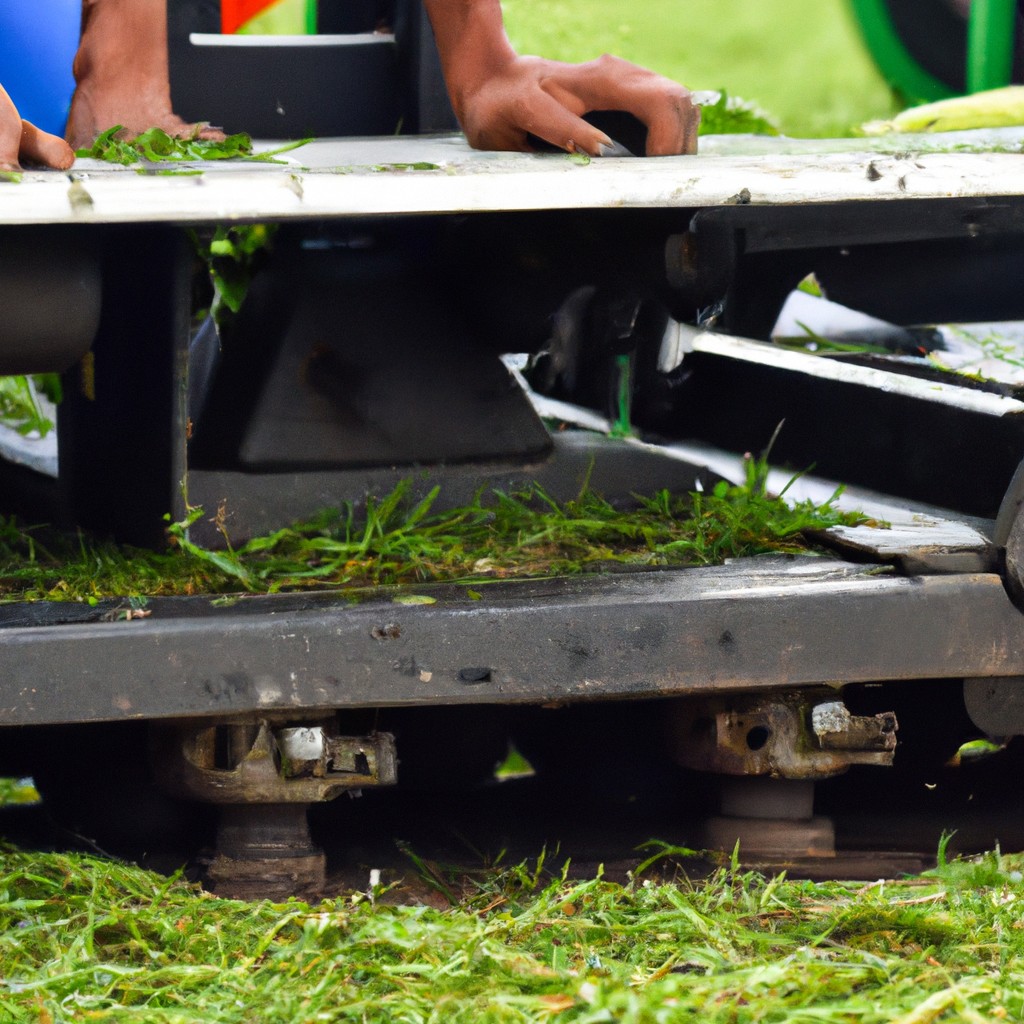Yes, precision agriculture works by utilizing advanced technology to optimize crop yields and efficiency, contributing to sustainable and regenerative farming practices.
Precision agriculture, also known as satellite farming or site-specific crop management, is a farming management concept centered on observing, measuring, and responding to inter and intra-field variability in crops.
Indeed, precision agriculture works effectively in enhancing farm productivity while minimizing wastage.
It leverages technology like GPS, data analysis tools, and remote sensing to optimize crop yields and reduce environmental impact.
This article delves into how precision agriculture works, its benefits, and real-world success stories, providing a comprehensive understanding of this innovative farming approach.
Key takeaways:
- Precision agriculture optimizes crop yields and efficiency
- It utilizes technology like GPS and data analysis tools
- Benefits include enhanced efficiency, superior yields, and environmental sustainability
- Challenges include initial investment costs and learning curve
- Precision agriculture has a measurable impact and success rate
Look Inside:
How Does Precision Agriculture Work?

Precision agriculture operates on the principle of data-driven farming. It begins with real-time data collection using various technologies like drones, IoT devices, soil sensors, and satellite imaging.
These technologies collect extensive data about various farming variables, such as temperature, rainfall, crop health, soil condition, and pest presence.
This data is then analyzed using specialized software to provide insights that guide planting, crop care, harvesting, and soil management decisions.
In essence, the process of precision agriculture is an intimate amalgamation of hardware technologies for data collection and software platforms for data analysis leading to informed farming decisions.
By creating a precise understanding of the field conditions, farmers can customize their strategies to each portion of their field, thereby maximizing efficiency and sustainability.
The Benefits of Precision Agriculture
Precision agriculture has notable advantages that significantly contribute to sustainable and regenerative farming practices. For starters, it enhances efficiency by providing accurate data about the conditions of the soil, crop health, and weather patterns, which can inform the decision-making process on the farm. By implementing precision farming techniques, farmers can streamline their operations, reducing wasteful application of resources such as water, pesticide, and fertilizer.
Furthermore, these optimized practices lead to superior yields and product quality, augmenting the profitability for farmers.
Environmental sustainability is another significant benefit. By minimizing excessive use of resources, precision agriculture reduces harmful effluent that can pollute water systems and degrade soil health. Additionally, by targeting resources where they’re needed most, biodiversity loss can be mitigated.
Finally, automated features of precision farming can also significantly lessen the physical demands of farming, making it more accessible and appealing to a broader demographic.
Challenges Involved With Precision Agriculture
While the benefits of employing digital tactics in agriculture are compelling, there are some hurdles that can impede widespread adoption. The initial outlay can be significant, especially for smaller farms. Procuring GPS-enabled machinery, software, and drones can be a sizable investment. In addition to financial constraints, there’s also a steep learning curve associated with these technologies. Farmers need to acquire new skills to understand and effectively manage these digitized systems.
High-speed internet, often required to run these sophisticated technologies, still remains inaccessible in many rural areas globally. Furthermore, there are concerns about data privacy as significant amounts of information are collected and used in precision agriculture. Developing secure, foolproof systems to protect farming data is essential. Addressing these challenges is critical to optimize the success of precision agriculture.
Use Cases for Precision Agriculture
First and foremost, precision agriculture plays a critical role in crop monitoring, where real-time tracking of crop health assists in early detection of diseases and pests. This way, farmers can minimize loss by acting in a timely and targeted fashion.
In terms of weather forecasting, precision farming technologies like weather stations and sensors can predict weather changes and adapt irrigation needs accordingly, conserving water and ensuring optimal health of crops.
Soil mapping, another application, uses GPS technology to analyze the characteristics of different soil plots, such as humidity, temperature and nutrient status. This data informs planting decisions, crop choices, and fertilization plans.
Last but not least, yield mapping uses historical and real-time data to predict future crop yields. With this data, farmers can make informed decisions about crop rotations and strategic planting. All these use cases contribute to more efficient, profitable, and sustainable farming.
Precision Agriculture Technologies And Methods
A variety of advanced technologies and methods underpin precision agriculture. GPS systems, for instance, provide real-time data regarding the location of farming equipment, ensuring operations such as planting and harvesting are conducted optimally. On the other hand, Geographic Information Systems (GIS) enable farmers to visualize spatial data, which can illustrate patterns and relationships within their crop fields.
In addition, remote sensing equipment – positioned on satellites, drones or planes – captures detailed images of farmland, allowing for the observation of crop health, soil moisture levels, and pest activity. Variable rate technology (VRT) empowers farmers to adjust the delivery of inputs like water, seed, and fertilizer based on the specific needs of different areas of their fields – a significant improvement from the traditional “blanket” approach.
Lastly, data analytics tools play an increasingly vital role, assisting farmers in making data-driven decisions about their practices. By aggregating and analyzing data from various sources, these tools provide insightful recommendations that aim to optimize farming operations, leading to enhanced crop yields and sustainability.
The Role of Global Positioning System (GPS) in Precision Agriculture
GPS plays an indispensable part in the implementation of precision farming techniques. The system, originally developed for navigation, has found robust use in agriculture through mapping fields, marking boundaries, and tracking equipment. Precision agriculture relies on GPS to enable equipment such as tractors and harvesters to track their exact location within a farm to apply seed, fertilizer, and other inputs more accurately.
More advanced GPS systems paired with Geographic Information System (GIS) software are used to create yield maps that reveal intra-field variability. These maps turn into the foundation for making site-specific decisions, facilitating the efficient use of resources based on accurate data rather than assumption.
GPS also drives autonomous machinery’s operation used in precision agriculture. This autonomy increases work efficiency and reduces labor requirements, enabling round-the-clock field work even in unfavorable conditions.
Therefore, GPS as a technology plays a critical role in enabling precision agriculture to reach its true potential, transforming farming practices towards a more productive and sustainable future.
Influence of IoT in Precision Agriculture
With the advent of Internet of Things (IoT) technology, precision agriculture has achieved new heights. IoT devices such as soil sensors, climate stations, and drones gather and analyze data in real-time. This critical information includes soil fertility levels, weather patterns, and plant health status, influencing farmers’ strategic decisions based on accurate data.
IoT devices also help automate farming activities. For instance, intelligent irrigation systems can automatically adjust water levels according to the needs of specific crops, conserving water resources. Automated tractors and harvesting machines improve efficiency by performing tasks at optimal times based on accurate data.
Furthermore, IoT enhances traceability in farming practices. Suppliers, consumers, and authorities can track the journey of agricultural produce from the farm to the table using IoT technology, contributing to food safety and authenticity. IoT hence plays an essential role in maximizing productivity, minimizing waste, and supporting sustainable practices in precision agriculture.
Sustainability Maintenance Through Precision Agriculture
Precision agriculture plays a significant role in promoting the sustainable use of resources. Its use allows farmers to apply precisely the right amount of water, fertilizers, and pesticides to the areas of the field that need it, reducing excess use that can lead to runoff and contamination of nearby water sources.
Furthermore, it helps to preserve the soil’s health and quality by preventing over-farming specific areas of a field. Coupled with efficient machinery use, it reduces fossil fuel consumption, greenhouse gas emissions, and overall environmental impact. This application of technology combined with data analysis proves beneficial for both the farmer and the environment.
The Impact and Success Rate of Precision Agriculture
Precision agriculture is shaping the future of farming in several ways. According to a study published by the American Society of Agricultural and Biological Engineers, farmers using precision agriculture methods have reported an average yield increase of about 13% compared to traditional practices. These methods have not only transformed crop yield but also significantly reduced the use of water, seeds, and fertilizers by enabling more targeted application.
In terms of environmental footprints, there’s been a measurable decrease in soil erosion and chemical runoff, thereby promoting sustainability. Additionally, precision agriculture makes farming less susceptible to adverse meteorological events by allowing for real-time modifications and improvements to strategies. This adaptability reflects a success factor tied directly to resilience in the face of climate change.
A USDA Economic Research Service report also highlighted the financial implications, stating precision agriculture increased profitability by reducing costs and boosting crop productivity. The adoption rate, primarily in developed countries, shows a promising upward trend, suggesting growing recognition of its effectiveness. Indeed, it is not an exaggeration to say precision agriculture’s impact is profound, with a remarkable success rate.
FAQ
Is precision agriculture worth it?
Yes, precision agriculture is worthwhile as it enables efficient monitoring, reduced water usage, and saves farmers significant field time.
What is the problem of precision farming?
The problem with precision farming pertains to the considerably high cost and complexity of adopting advanced technologies such as GPS, drones, and data analysis software.
What is a disadvantage to precision agriculture?
The main disadvantage of precision agriculture is its high cost, making it more difficult for small-scale farmers to adopt.
Is precision farming profitable?
Yes, precision farming is considered profitable, showing a modest increase in net returns such as a 2% rise from using soil and yield maps, automated guidance systems, and variable input applications.
How does precision agriculture influence soil health and biodiversity?
Precision agriculture enhances soil health and biodiversity by utilizing advanced technologies for precise nutrient management and pest control, hence minimizing soil degradation and fostering a conducive habitat for diversified species in farming ecosystems.
What are the key technical challenges in implementing precision farming?
The key technical challenges in implementing precision farming include high initial investment costs, lack of technical know-how, issues with data management and interpretation, and compatibility issues between technologies.
Can precision agriculture effectively reduce overall farming carbon footprint?
Yes, by using advanced technologies such as GPS, satellite imagery, and remote sensors, precision agriculture can effectively reduce the overall farming carbon footprint by optimizing resource usage and mitigating waste.




